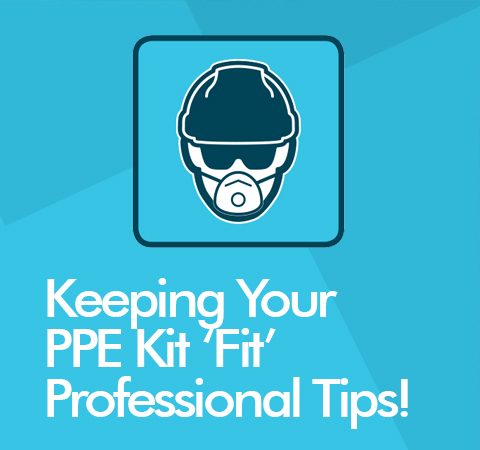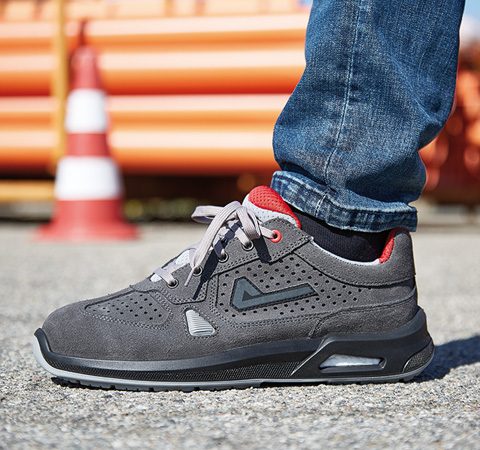- Instruct and train people on how to use it
- Tell them why it is needed, when to use it and what its limitations are
- Never allow exemptions for those jobs that ‘only take a few minutes’
- If something changes on the job, check the PPE is still appropriate – speak with your supplier, explaining the job to them
- If in doubt, seek further advice from a specialist adviser
As alluded to throughout this guide, choosing the correct kit for business requirements needs careful consideration. However, the hard work that goes in to getting this right in the first place can be undone if PPE clothing and equipment it is left uncared for after being handed over to the end user.
Over time, if left unchecked and uncared for in accordance with manufacturer instructions, the protective qualities of footwear, eyewear, gloves and clothing can degrade. If this happens, even the fittest PPE kit can become ‘unfit’ to wear and the end user may experience discomfort or even be placed at risk of an accident while at work.
The Health and Safety Executive, in its document: Personal Protective Equipment (PPE) at Work: A Brief Guide, highlights five vitally important points related to using and distributing PPE to employees. These include:




